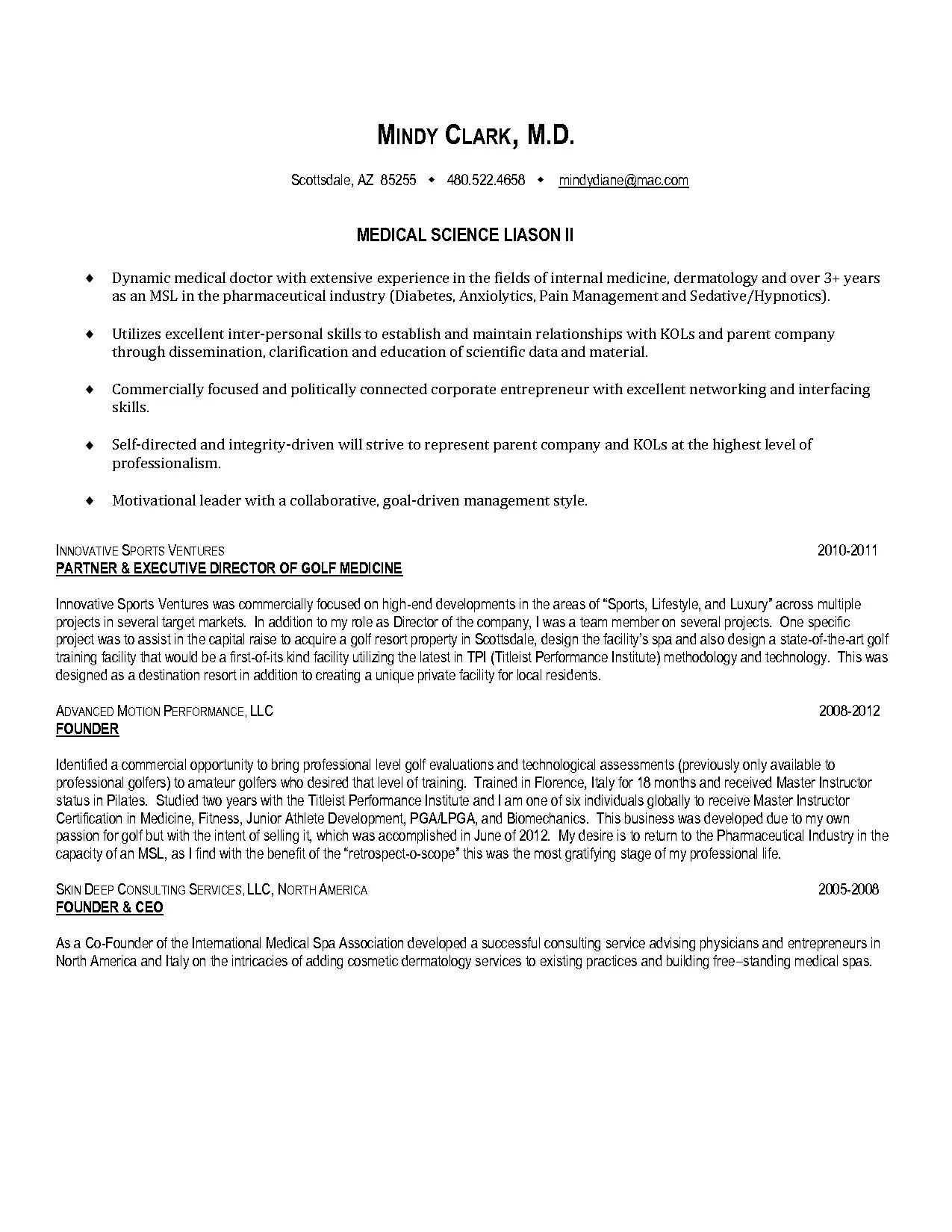Key Elements of a Physician Cover Letter
A well-crafted cover letter is your first opportunity to make a strong impression on potential employers. For physicians, a cover letter is more than just a formality; it’s a crucial tool to showcase your qualifications, passion, and suitability for a specific role. Unlike a resume, which provides a summary of your experience, a cover letter allows you to tell your story, highlighting how your skills and experiences align with the job requirements and the values of the practice. This guide provides top tips to create a compelling cover letter that grabs the attention of hiring managers and increases your chances of landing an interview. By focusing on key elements, you can craft a document that not only meets industry standards but also effectively communicates your unique value proposition as a physician.
Header and Contact Information
The header of your cover letter is the first thing a hiring manager sees, making it essential to present a professional and organized look. Accuracy and clarity are key in this section, ensuring the employer can easily contact you. Including a well-formatted header demonstrates attention to detail and respect for the recipient’s time, setting a positive tone from the start of your application.
Your Name and Contact Details

Begin with your full name, professional title (e.g., MD, DO), and any relevant certifications or licenses. Following this, clearly state your contact information, including your phone number and a professional email address. Ensure the email address is appropriate for professional correspondence. Consider including a link to your online professional profile (such as LinkedIn), if relevant, allowing the hiring manager to quickly access additional information about your background and experience.
Date and Recipient Information
Below your contact information, include the date. Then, address the letter to the hiring manager or the appropriate contact person at the practice. If the name of the hiring manager is unknown, it is best to research the practice and find the name. If you can’t find a specific name, use a general salutation, such as “Dear Hiring Manager.” Include the practice’s name and address to demonstrate you’ve tailored the letter to the specific opportunity. This shows you’ve done your homework and are seriously interested in the position.
Professional Salutation
Start your cover letter with a professional salutation, such as “Dear Dr. [Last Name]” if you know the hiring manager’s name. If you do not know the name, “Dear Hiring Manager” is a suitable alternative. Avoid informal greetings like “To Whom It May Concern” or “Hello.” The salutation sets the tone for the entire letter, so using a professional greeting is crucial to making a positive first impression.
Personalized Opening
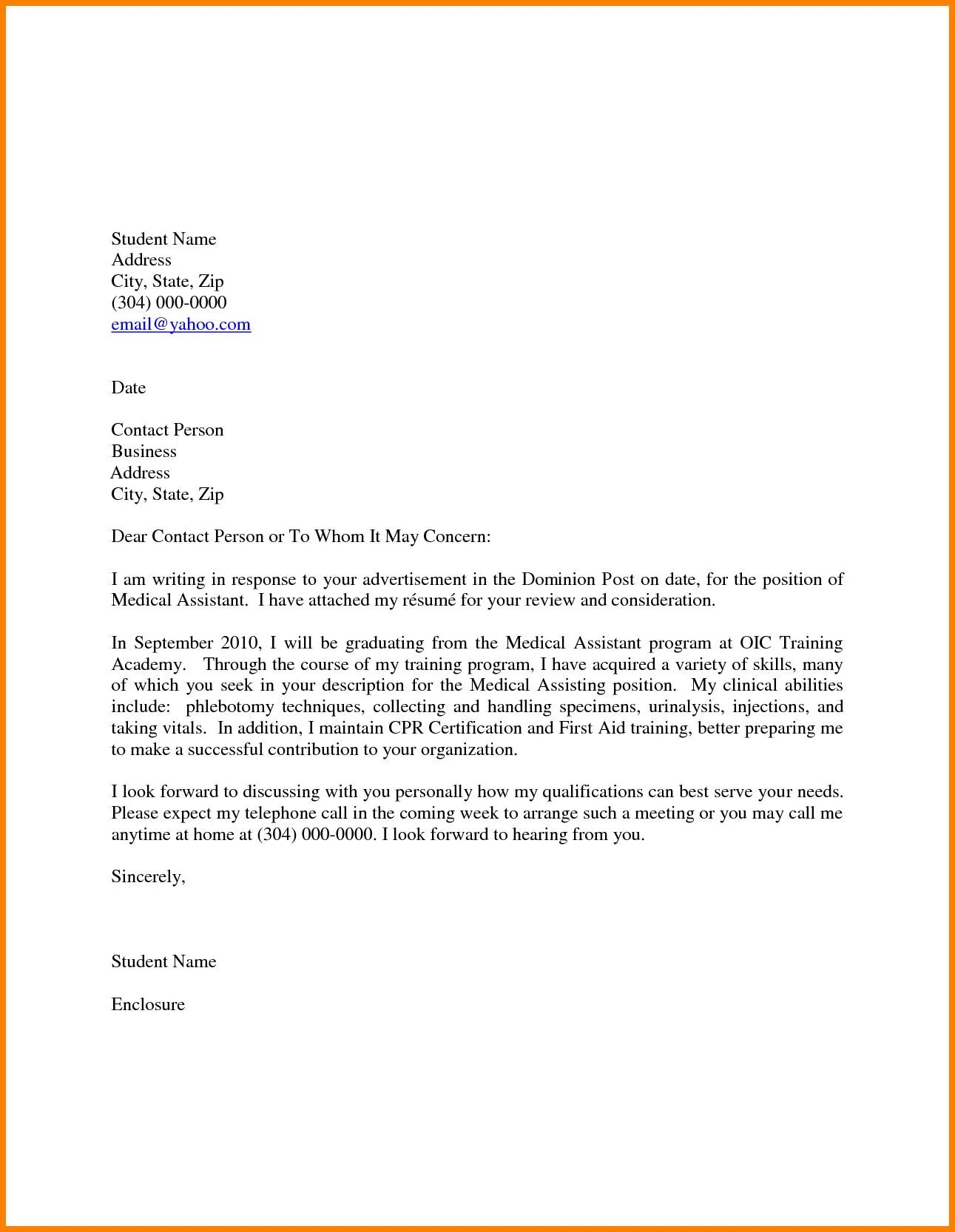
Your opening paragraph should immediately grab the reader’s attention and make them want to read more. Instead of a generic opening, tailor your introduction to the specific job and the practice. Express your enthusiasm for the opportunity and briefly mention where you saw the job posting (e.g., a job board, a colleague). Mentioning a specific aspect of the job or the practice that excites you is an excellent way to demonstrate your genuine interest. This initial paragraph should establish your purpose for writing and set the stage for the rest of the letter.
Why This Job and This Practice
Clearly articulate why you are interested in this specific job and practice. This is your opportunity to show that you have researched the organization and understand its mission, values, and goals. Explain how your career aspirations align with the practice’s objectives. Discuss what attracted you to the position and why you believe you would be a good fit for the team. This shows your genuine interest, and it makes the letter feel less generic.
Showcase Your Passion and Knowledge
Physicians should showcase their passion for medicine and their knowledge. Express your dedication to patient care and your commitment to providing high-quality medical services. Discuss any areas of specialization or specific interests that relate to the job requirements. Demonstrating your knowledge of the latest medical advancements and best practices in your field can further highlight your expertise and commitment to excellence.
Highlighting Relevant Skills and Experience
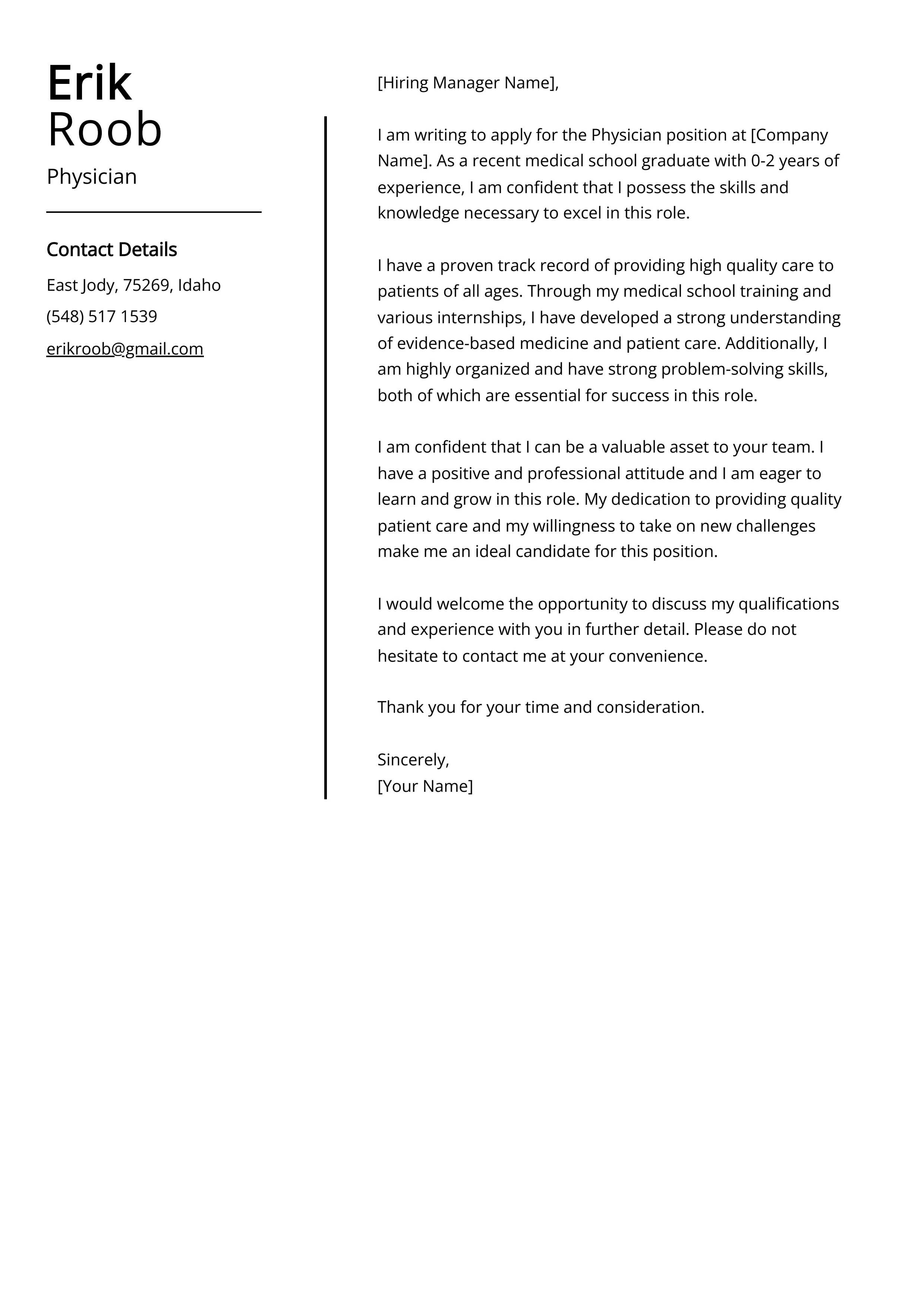
This section is your chance to convince the hiring manager that you are the best candidate for the job. Focus on the skills and experiences that are most relevant to the position. Instead of merely listing your past roles, provide specific examples that demonstrate your abilities and achievements. Quantify your accomplishments whenever possible to show the impact you’ve made in previous positions. This will allow the hiring manager to understand the value you bring to the table.
Medical Expertise and Specializations
Highlight your specific medical expertise and any specializations you have. Mention any certifications, licenses, or advanced training that are relevant to the job requirements. Discuss the types of patients you have experience treating and any specific medical procedures you are skilled in performing. Being clear and concise about your areas of expertise allows the hiring manager to easily assess whether your skills match the practice’s needs.
Clinical Experience and Achievements
Provide examples of your clinical experience and highlight your achievements in previous roles. Describe significant cases, successful treatments, or improvements you’ve made in patient care. Use quantifiable results to showcase your impact (e.g., “reduced patient wait times by 15%” or “improved patient satisfaction scores by 20%”). Share any awards, recognitions, or publications that demonstrate your commitment to excellence. Providing tangible evidence of your achievements will significantly enhance your credibility.
Leadership and Teamwork Skills
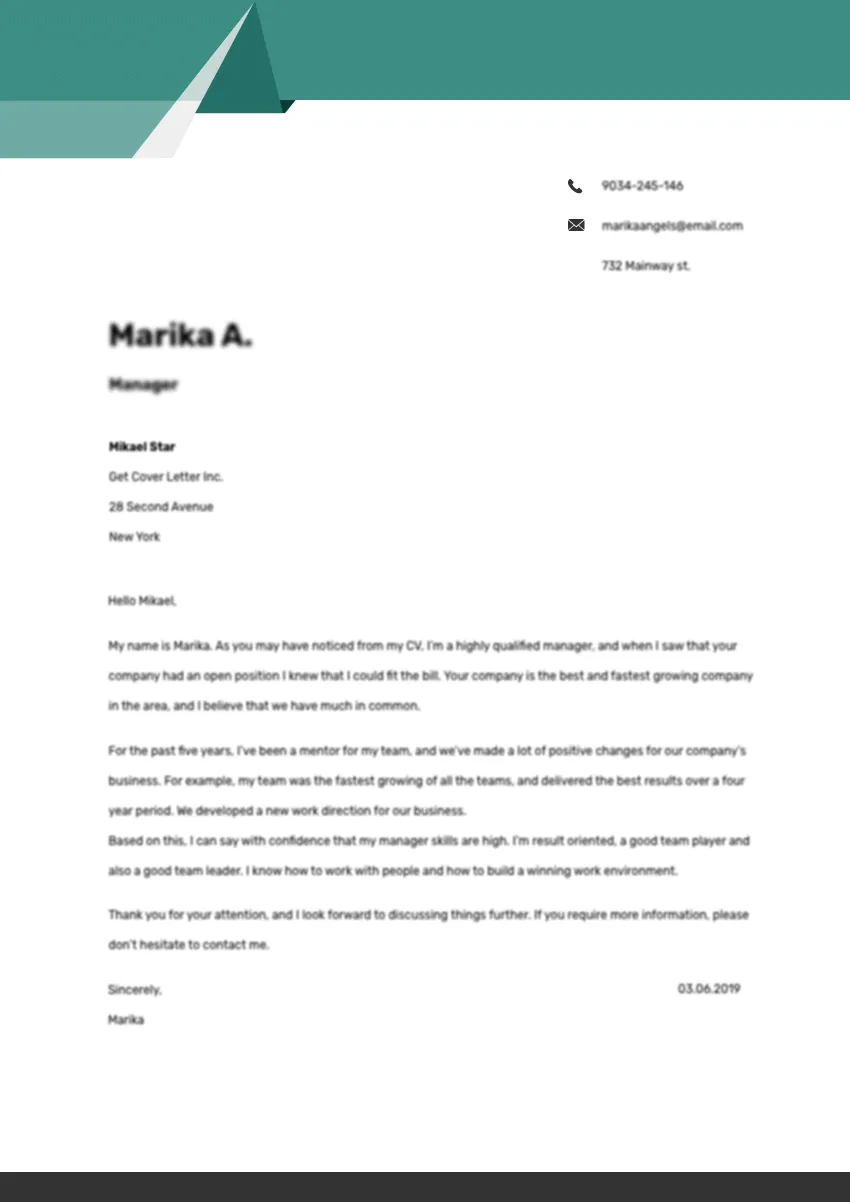
Demonstrate your ability to work effectively as part of a team and your leadership qualities. Describe any experience you have leading medical teams, managing staff, or collaborating with other healthcare professionals. Provide examples of how you have resolved conflicts, motivated teams, or implemented new processes to improve efficiency and patient care. Showcase your ability to communicate effectively, delegate tasks, and contribute positively to a collaborative work environment. Highlighting these skills will show the hiring manager that you will be a good fit for their culture.
Quantifiable Results
Whenever possible, quantify your achievements to demonstrate your impact. Use numbers, percentages, and statistics to support your claims. For instance, instead of saying “Improved patient outcomes,” state “Improved patient outcomes by 25% through implementation of a new treatment protocol.” Quantifiable results provide concrete evidence of your skills and make a compelling case for your abilities. Showing results proves you can improve an organization.
Addressing the Employer’s Needs
Tailoring your cover letter to the specific needs of the employer is essential for making a strong impression. Showing the hiring manager that you understand the practice’s priorities and how your skills can benefit them will significantly increase your chances of getting an interview. The main idea is to show them that you can add value.
Tailoring Your Letter to the Job Description
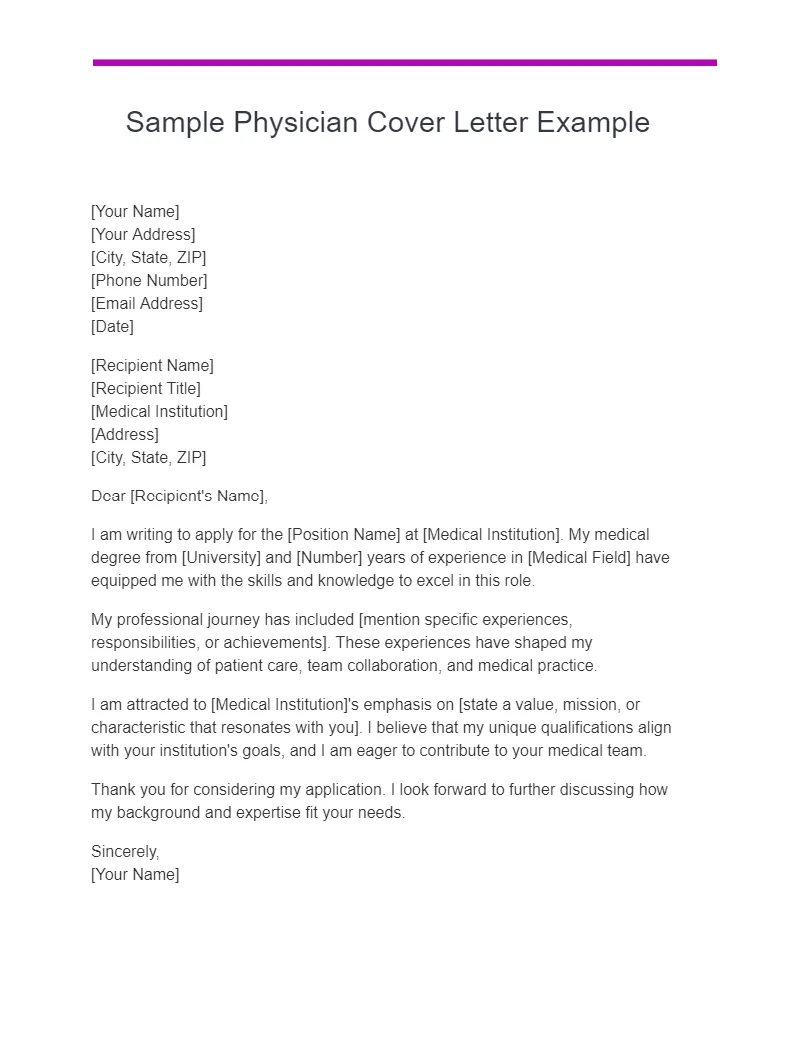
Carefully review the job description and identify the key requirements and qualifications the employer is seeking. Then, tailor your cover letter to directly address these requirements. Use keywords and phrases from the job description to show that you possess the necessary skills and experience. Provide specific examples that demonstrate how your qualifications align with the employer’s needs. This personalized approach will show that you are a great fit for the specific role and position.
Researching the Practice and its Values
Before writing your cover letter, research the practice and its values. Understand their mission, vision, and the type of patients they serve. Visit their website, read patient testimonials, and look for any information that reflects their culture and priorities. In your cover letter, mention how your values align with the practice’s and how you can contribute to their mission. This level of research demonstrates your genuine interest and makes your application more impactful.
Expressing Enthusiasm and Next Steps
The final section of your cover letter should leave a positive impression and encourage the hiring manager to take the next step. Show your enthusiasm for the opportunity and make it clear that you are interested in an interview. Clearly stating your desire for an interview will help the hiring manager to schedule one. This will show that you are proactive.
Call to Action and Closing
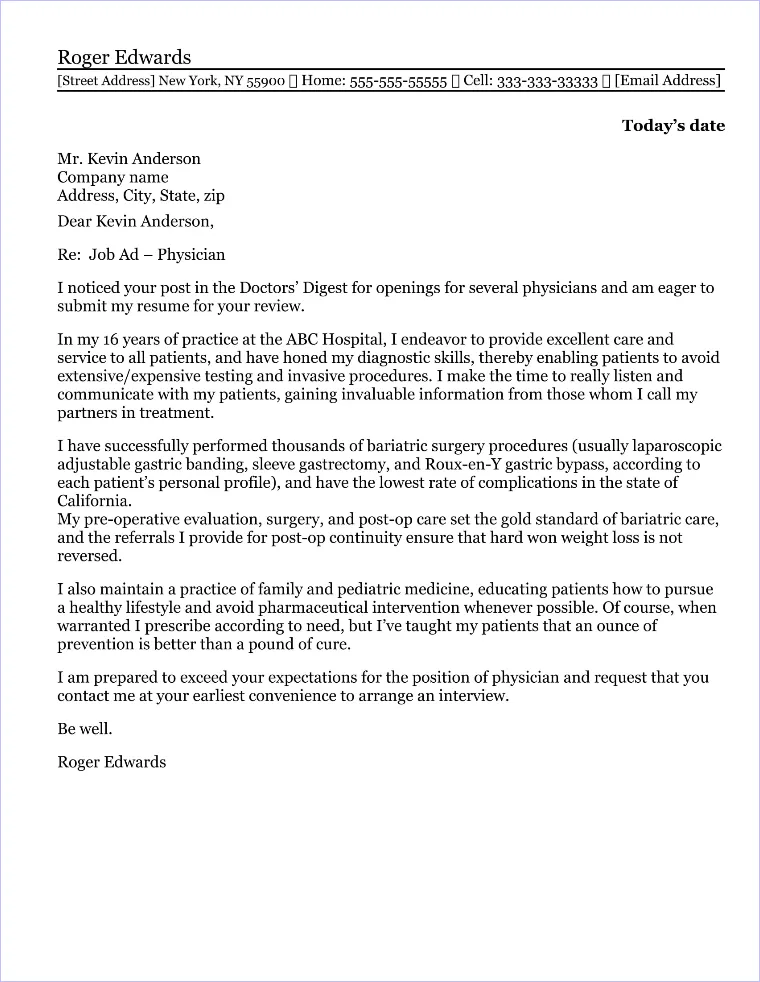
Conclude your cover letter with a clear call to action. Express your eagerness to discuss your qualifications in more detail and reiterate your interest in the position. State that you look forward to hearing from them soon. Provide your contact information again to make it easy for the hiring manager to reach you. This will allow them to easily set up an interview with you.
Professional Closing
Use a professional closing, such as “Sincerely” or “Respectfully,” followed by your full name. Ensure that your signature, if included, is neat and legible. Avoid informal closings like “Best regards” or “Thank you,” as these might not convey the level of professionalism expected in a medical application. Ensure all content is high-quality and professionally presented.
Review and Proofreading
Before submitting your cover letter, carefully review and proofread it for any errors in grammar, spelling, and punctuation. Mistakes can create a negative impression and undermine your credibility. Proofread multiple times and consider having a colleague or mentor review it as well. Ensure your cover letter is well-formatted, easy to read, and free of any typos or grammatical errors. This attention to detail will show the hiring manager that you are meticulous and professional.
